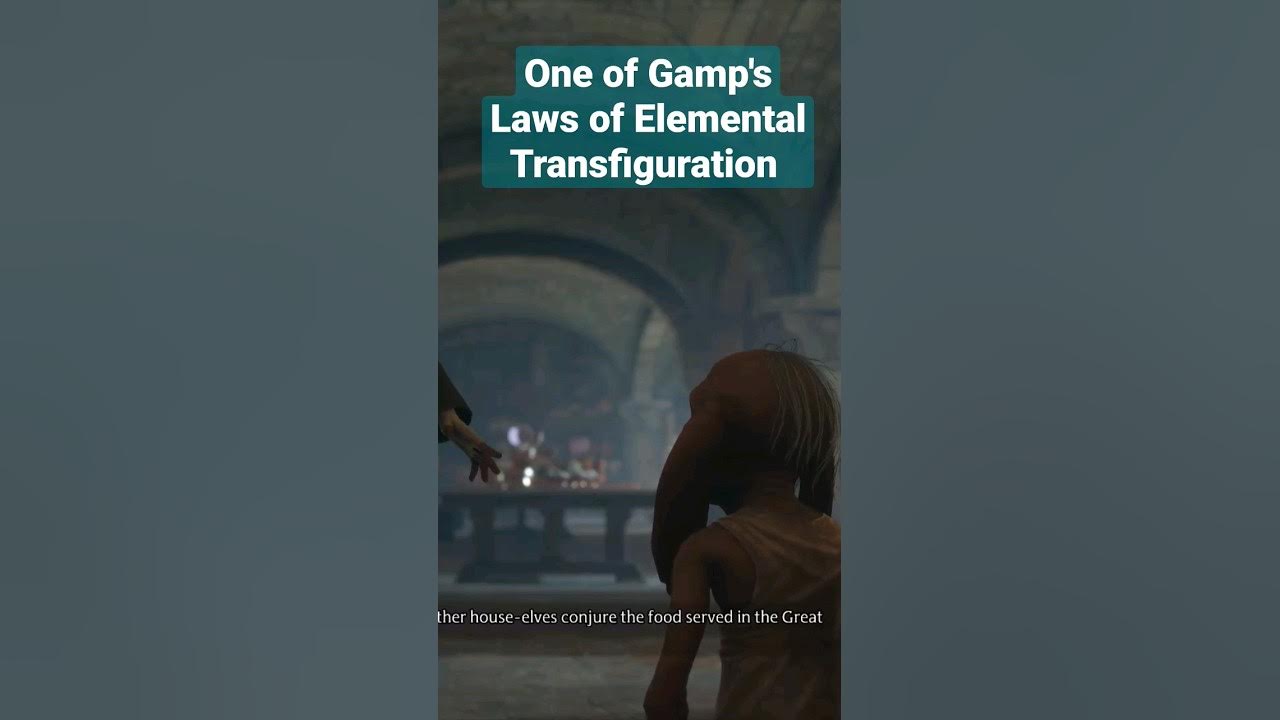Unveiling The Mysteries: How Many Principal Exceptions Are There To GAMP's Law?
In the complex world of software validation and compliance, GAMP (Good Automated Manufacturing Practice) plays a crucial role in ensuring quality and reliability in pharmaceutical manufacturing. But what happens when we encounter exceptions to this law? Understanding how many principal exceptions are there to GAMP's law can significantly impact the way organizations operate within regulated environments. This article aims to delve into the intricacies of GAMP's law, exploring its principal exceptions and their implications on compliance and validation processes.
GAMP's law, crafted to provide a structured approach to software validation, serves as a guideline for the pharmaceutical industry. However, as with any regulatory framework, there are nuances and exceptions that professionals must navigate. By identifying and understanding these exceptions, organizations can better adapt their processes while ensuring they maintain compliance with industry standards.
In this exploration, we will answer critical questions regarding the principal exceptions to GAMP's law. From understanding the nature of these exceptions to their relevance in practical applications, we aim to provide clarity and insight. Join us as we uncover the essential information regarding how many principal exceptions are there to GAMP's law, and what they mean for the future of software validation.
What is GAMP's Law?
GAMP's law is a framework established by the International Society for Pharmaceutical Engineering (ISPE) to guide the validation of automated systems in the pharmaceutical industry. It emphasizes the importance of ensuring that software and systems used in manufacturing are reliable, reproducible, and compliant with regulatory standards. GAMP categorizes software into different categories, from bespoke software to commercial off-the-shelf applications, each requiring varying levels of validation effort.
How Many Principal Exceptions Are There to GAMP's Law?
To answer the question of how many principal exceptions are there to GAMP's law, it is essential to understand the context. While GAMP provides a robust framework for validation, it recognizes that certain situations may necessitate deviations from standard practices. Generally, there are three principal exceptions that organizations should be aware of:
- Technical Exceptions: These arise from the technical limitations of software systems that cannot be validated within the framework.
- Business Necessity Exceptions: Situations where the business demands rapid deployment or changes that may compromise standard validation processes.
- Regulatory Exceptions: Instances where regulatory bodies recognize the unique nature of certain systems and provide allowances for alternative validation approaches.
What Are the Implications of These Exceptions?
The implications of these exceptions are significant. Organizations that rely on GAMP's law must carefully assess the risks associated with these deviations. Notably, while exceptions can facilitate flexibility and efficiency, they may also introduce compliance risks if not managed properly. Understanding how many principal exceptions are there to GAMP's law ensures that organizations can navigate these challenges effectively while adhering to regulatory requirements.
How to Identify Principal Exceptions in Practice?
Identifying principal exceptions in practice requires a thorough understanding of both GAMP's law and the specific operational context of an organization. Here are steps organizations can take to identify these exceptions:
- Conduct a comprehensive risk assessment to evaluate the potential impact of deviations from GAMP's law.
- Engage stakeholders from various departments to gather insights on operational necessities and regulatory requirements.
- Document all identified exceptions and the rationale behind them to maintain transparency and accountability.
- Establish a robust monitoring system to ensure that exceptions do not compromise overall compliance and quality.
What Are the Challenges Associated with Principal Exceptions?
The challenges associated with principal exceptions to GAMP's law can vary widely depending on the nature of the exceptions and the organization's operational context. Some common challenges include:
- Increased Risk: Deviating from established validation practices may lead to increased risk of non-compliance.
- Resource Allocation: Organizations may need to allocate additional resources to manage exceptions effectively.
- Stakeholder Buy-in: Gaining support from all stakeholders can be challenging when exceptions are necessary.
How Can Organizations Mitigate the Risks of Principal Exceptions?
To mitigate the risks associated with principal exceptions to GAMP's law, organizations can adopt several strategies:
- Implement a clear governance framework that outlines the processes for managing exceptions.
- Provide training and resources to ensure that all stakeholders understand the implications of exceptions.
- Regularly review and audit exception cases to ensure they remain justified and compliant.
Conclusion: The Importance of Understanding Principal Exceptions
In conclusion, understanding how many principal exceptions are there to GAMP's law is vital for organizations operating in regulated environments. While exceptions can introduce flexibility, they also necessitate careful risk management and compliance strategies. By recognizing the types of exceptions, their implications, and how to navigate them, organizations can maintain a balance between operational efficiency and regulatory adherence.
As the pharmaceutical industry continues to evolve, staying informed about GAMP's law and its principal exceptions will be crucial for professionals looking to ensure quality and compliance in their automated systems.
Unveiling The Biggest Kill On Naked And Afraid: A Thrilling Exploration
Exploring The Relationship Status Of Lizzy Musi And Kye Kelley
Unveiling The Truth: The Breaking News Reporter Salary



